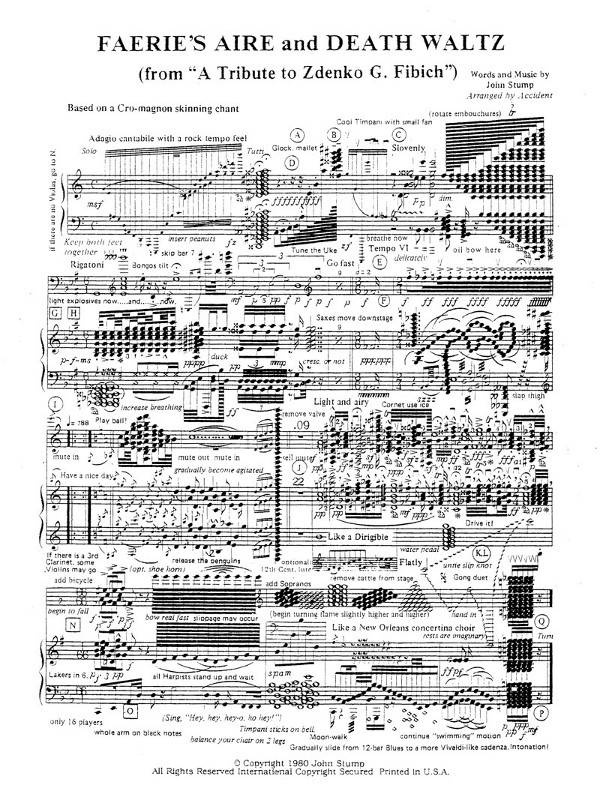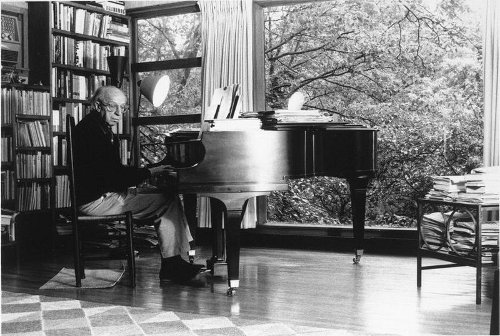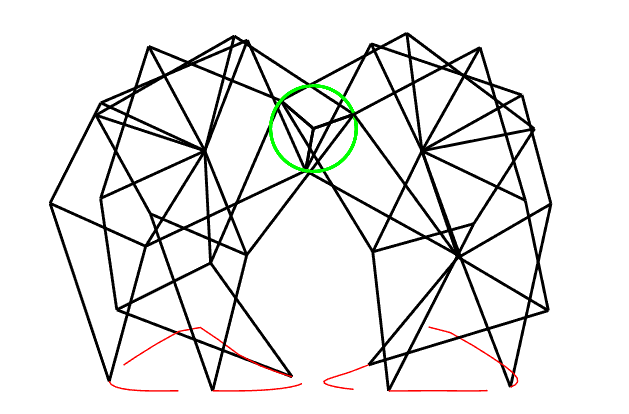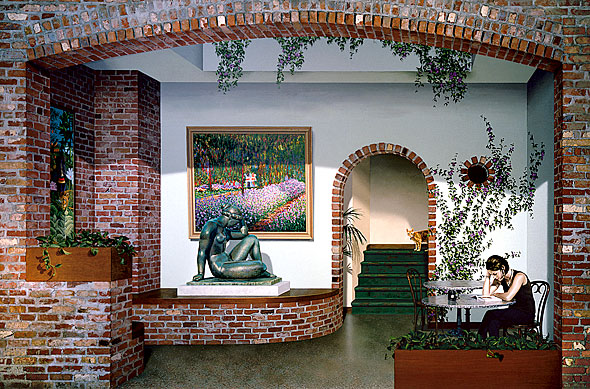Born in Texarkana in 1912, Conlon Nancarrow had no access to technology that could realize the music in his head. He studied music briefly and played trumpet in venues ranging from beer halls to cruise ships, but he found himself frustrated working with human musicians. In 1940 he withdrew to Mexico City, where, working in almost complete isolation, he began composing pieces for player piano.
This expedient was “a tremendous amount of work, punching all those holes by hand, one by one, hundreds and thousands of them,” but it enabled him finally to hear his music. “I’d never heard it played. Some composers are pianists and can at least play their music on piano, but I couldn’t do even that, because I am not a pianist.”
Freed from the constraints imposed by human performers, Nancarrow’s style developed a dizzying speed, staggering complexity, and a bewildering density of ideas. “Nancarrow’s complete works could be heard in seven hours,” wrote composer Kyle Gann, “but within half that time the listener would be as exhausted as though he had consumed Mahler’s ten symphonies in a gulp.”
Gyorgy Ligeti discovered some piano pieces in a Paris record store in 1980 and became an early champion, calling the composer “the greatest discovery since Webern and Ives.” Subsequent admirers included John Cage (“Conlon’s music has such an outrageous, original character that it is literally shocking”) and Frank Zappa (“The stuff is fantastic … You’ve got to hear it. It’ll kill you”).
Nancarrow became a MacArthur fellow in 1982 and returned to writing for live ensembles, finding that the standard of musicianship had improved enormously during his 40-year exile. “Of course it’s pleasing,” he told the New York Times in 1987. “I mean, all those years I had been working now have some point. There are so many artists and writers who are doing something they think is worthwhile, and it turns out to be junk. I thought that maybe mine was the same thing, but now I see it wasn’t.”
(Thanks, Katie.)







